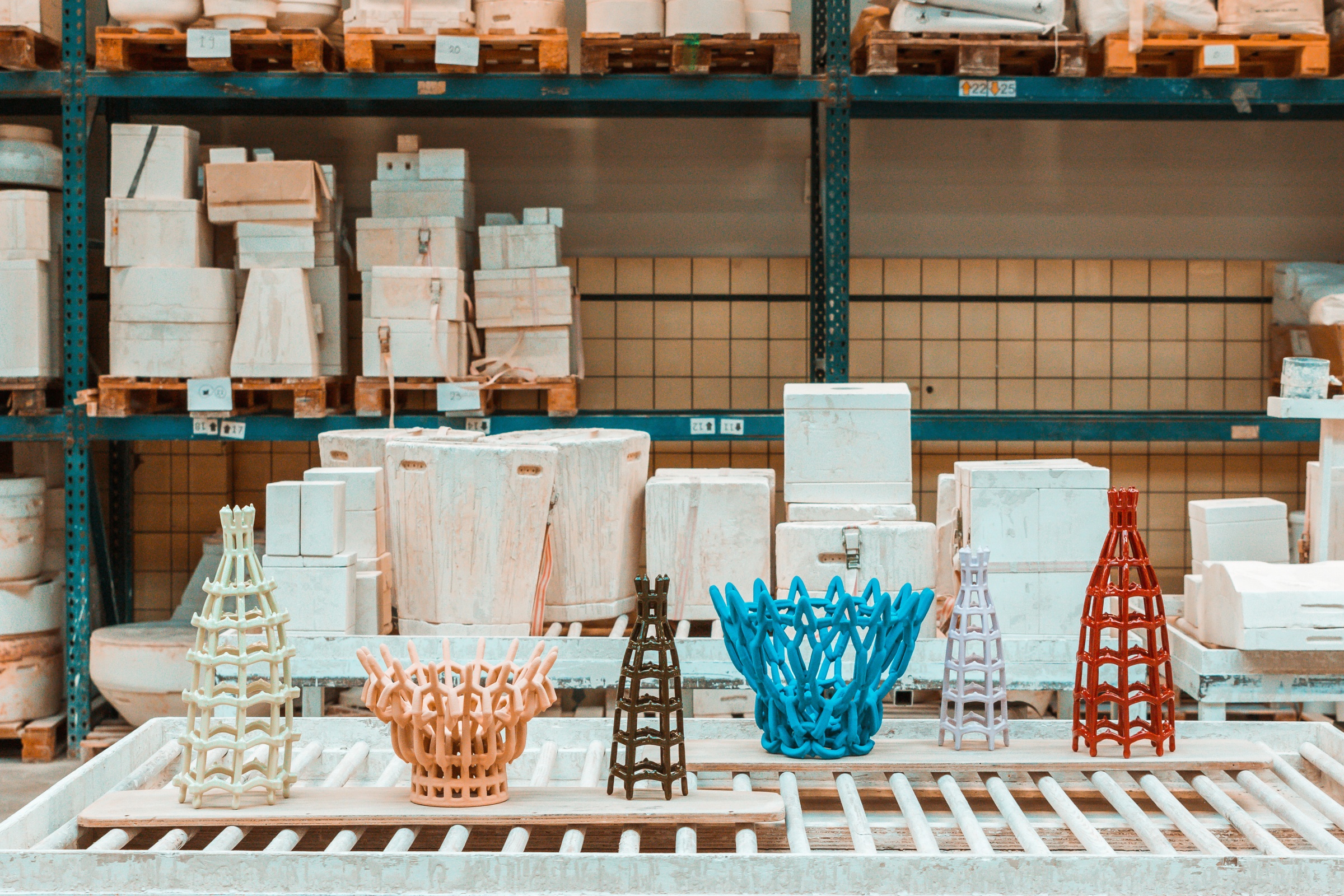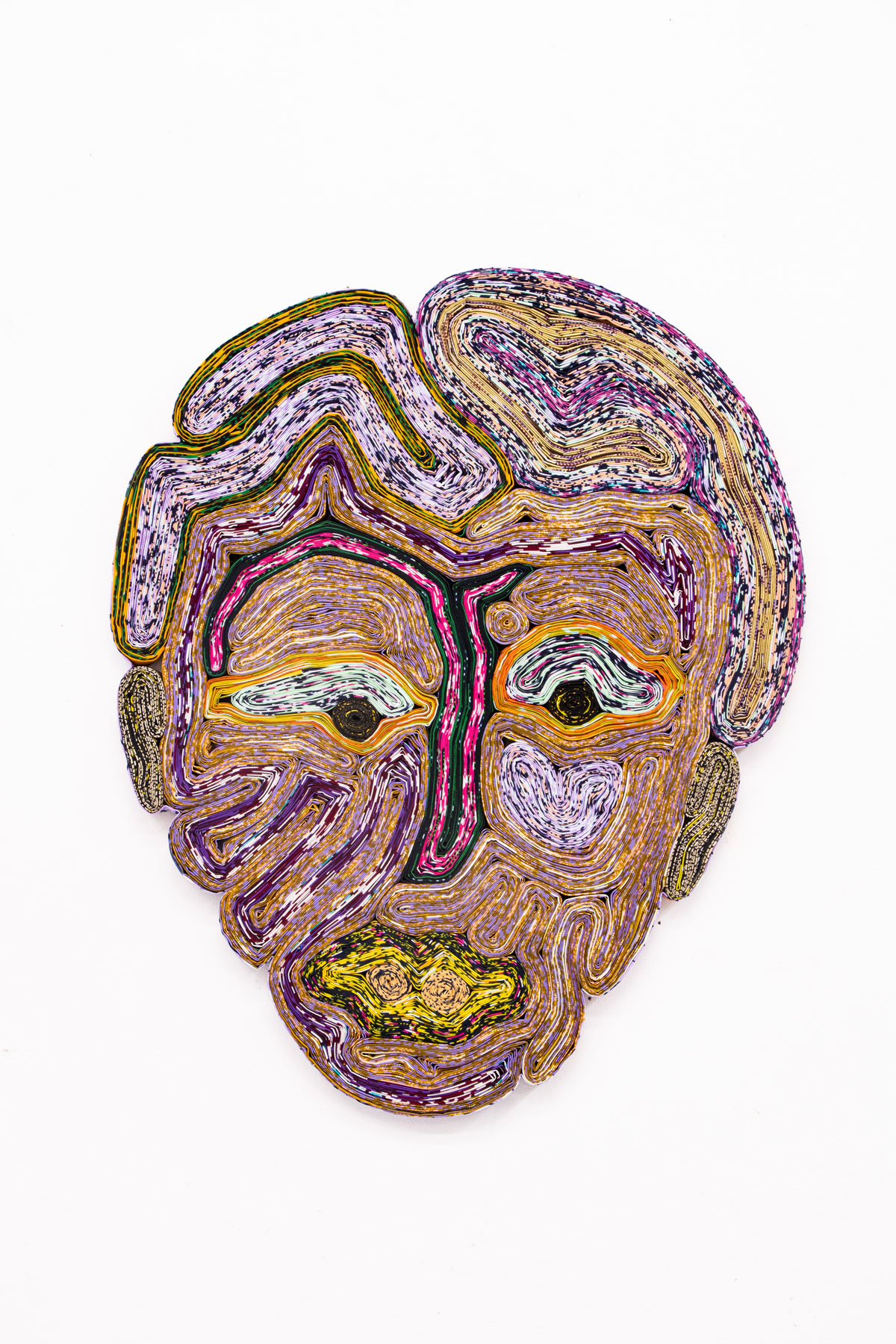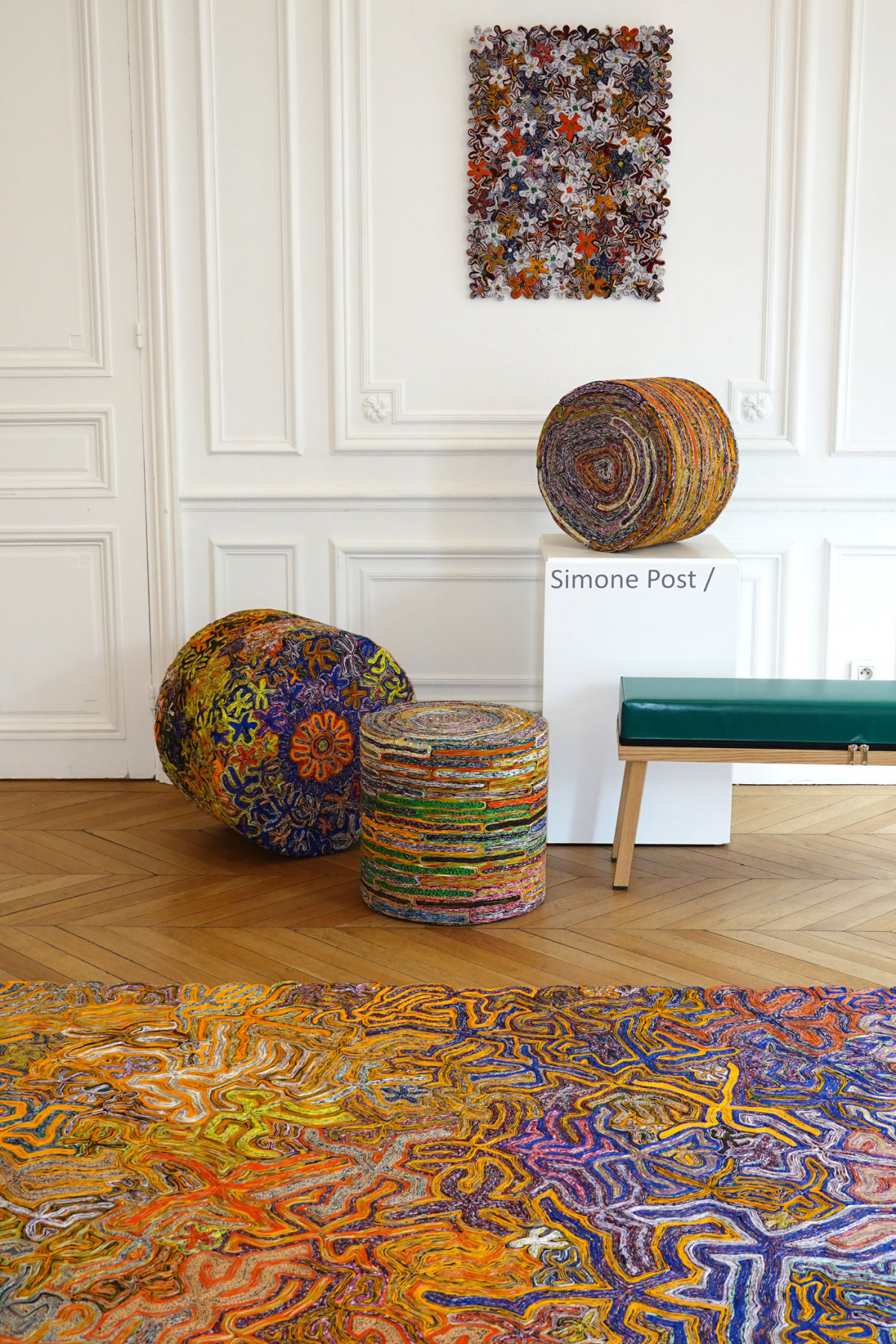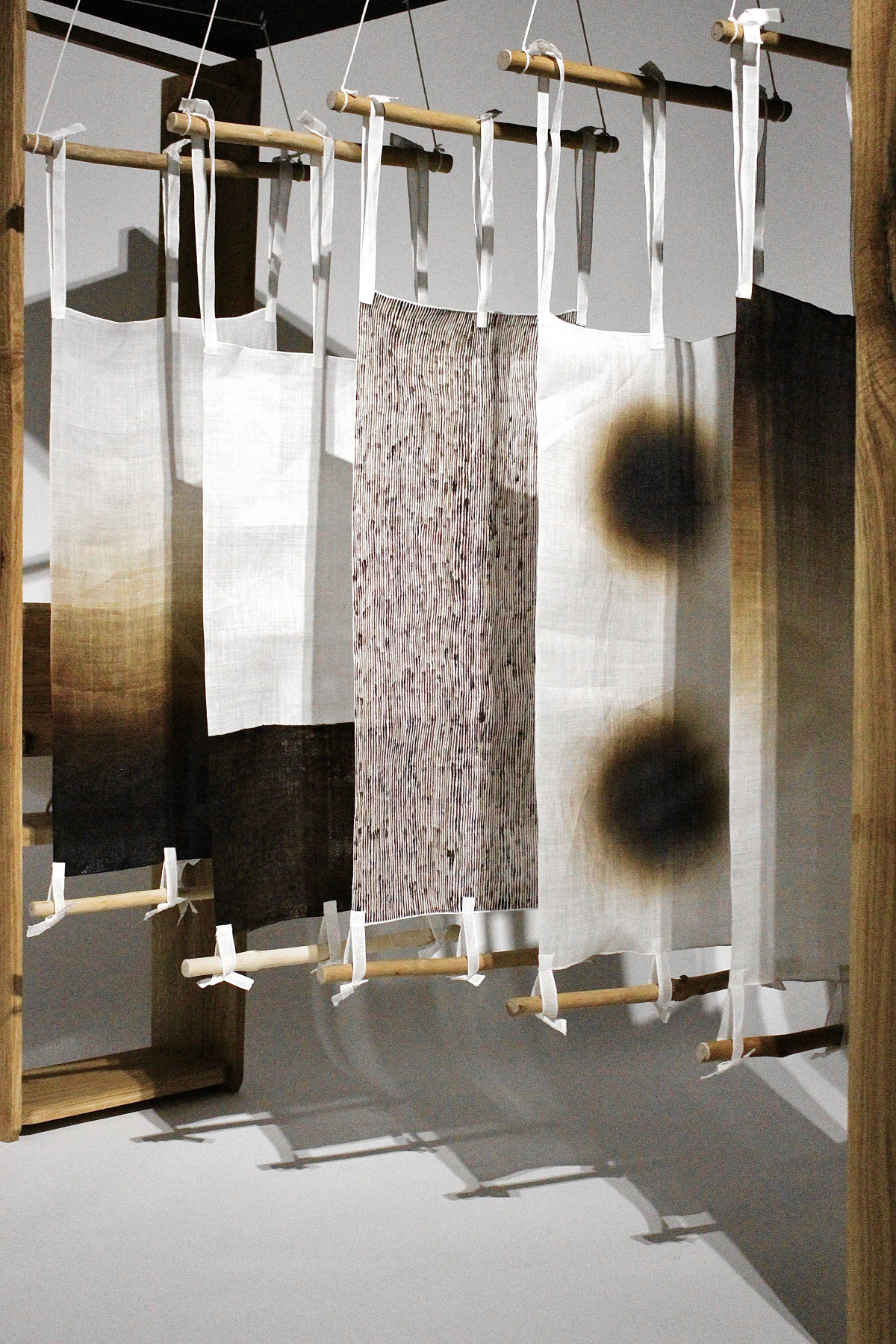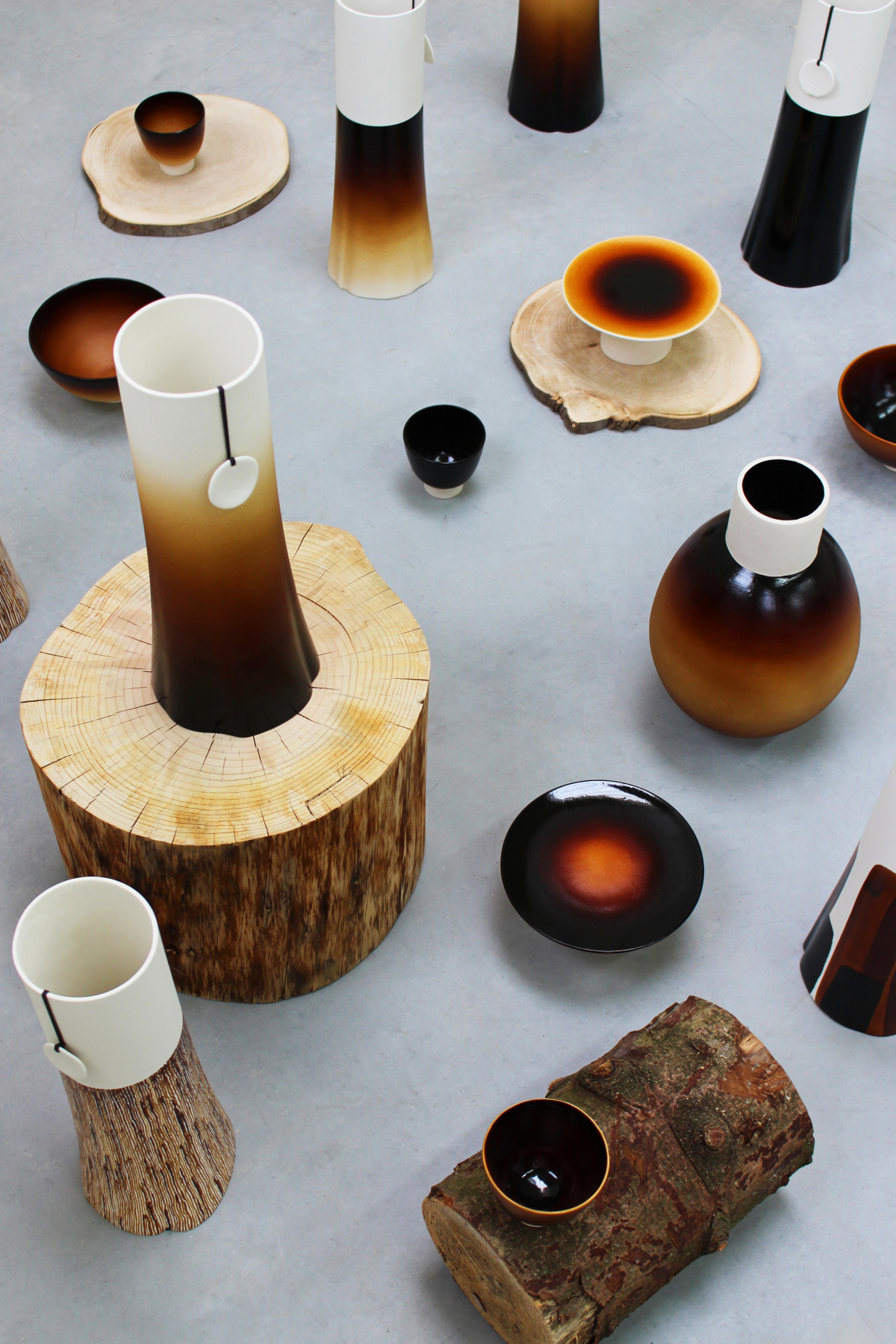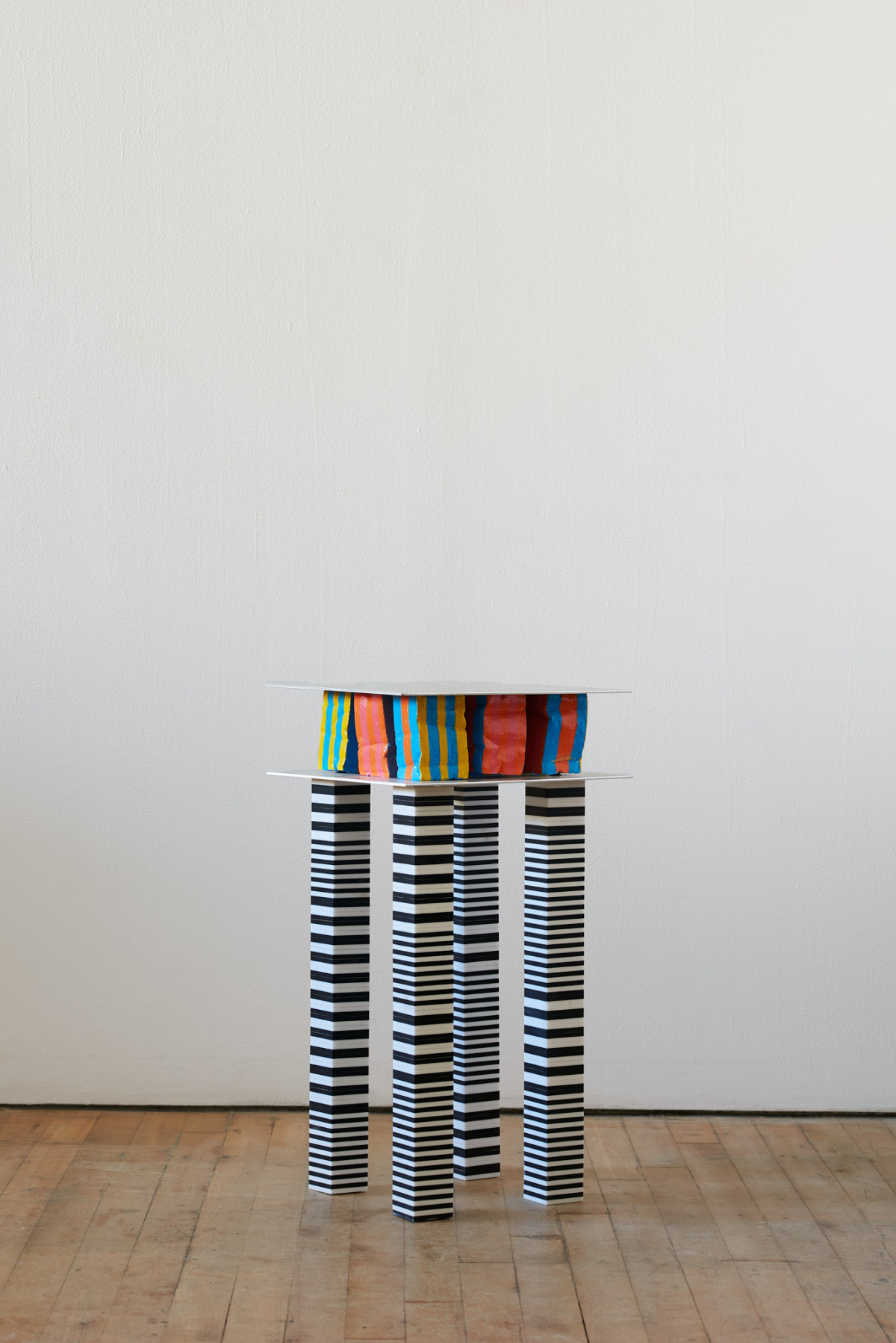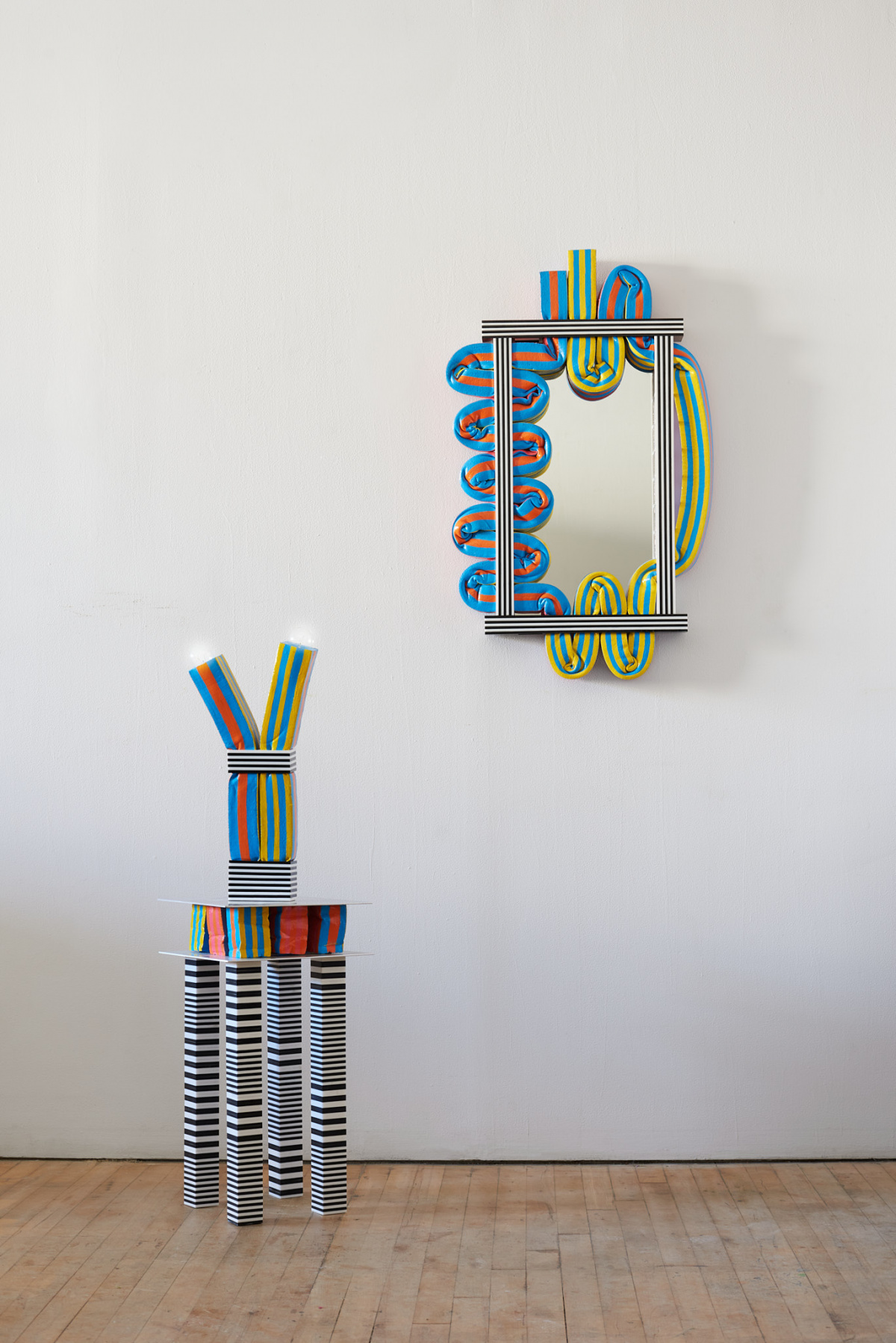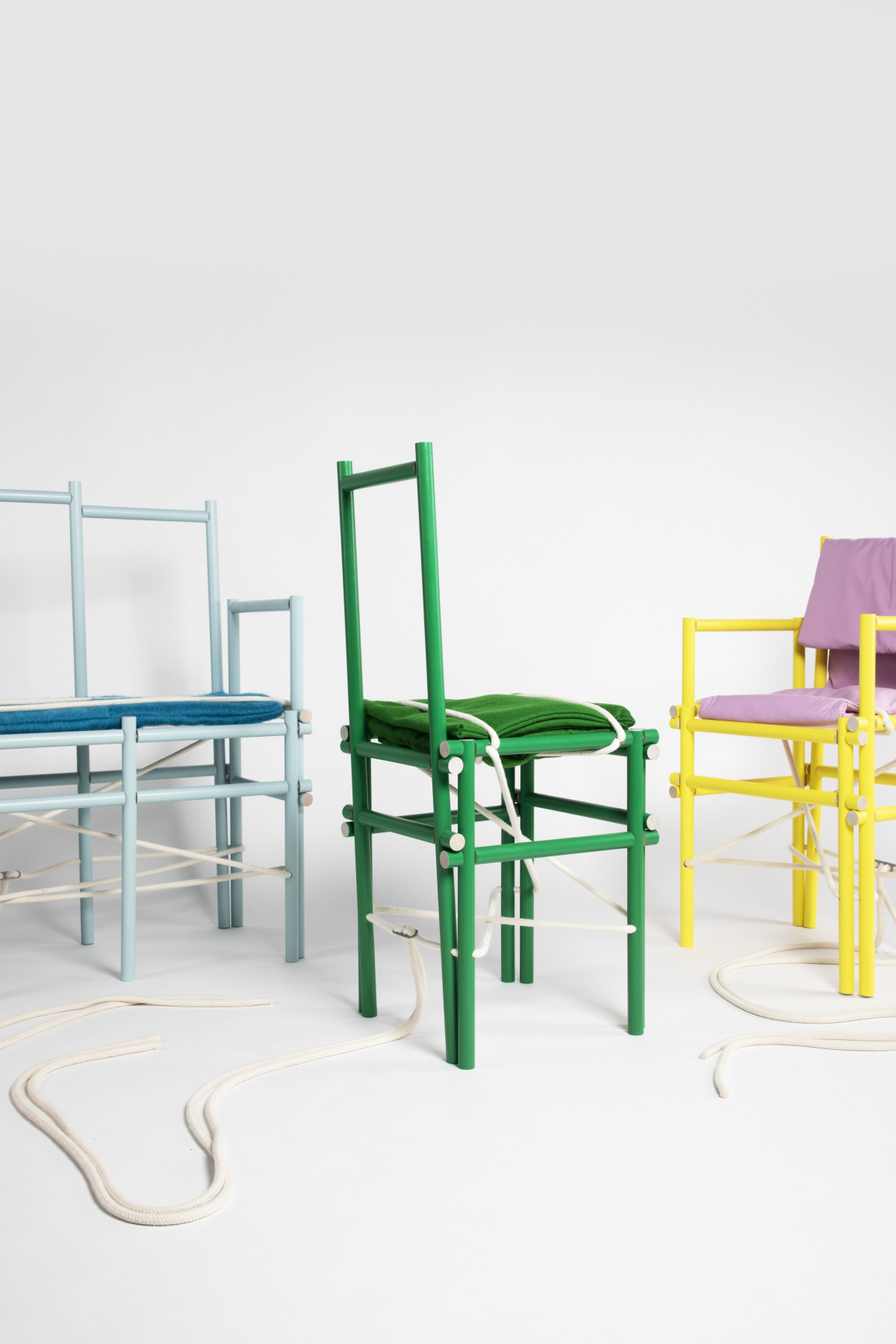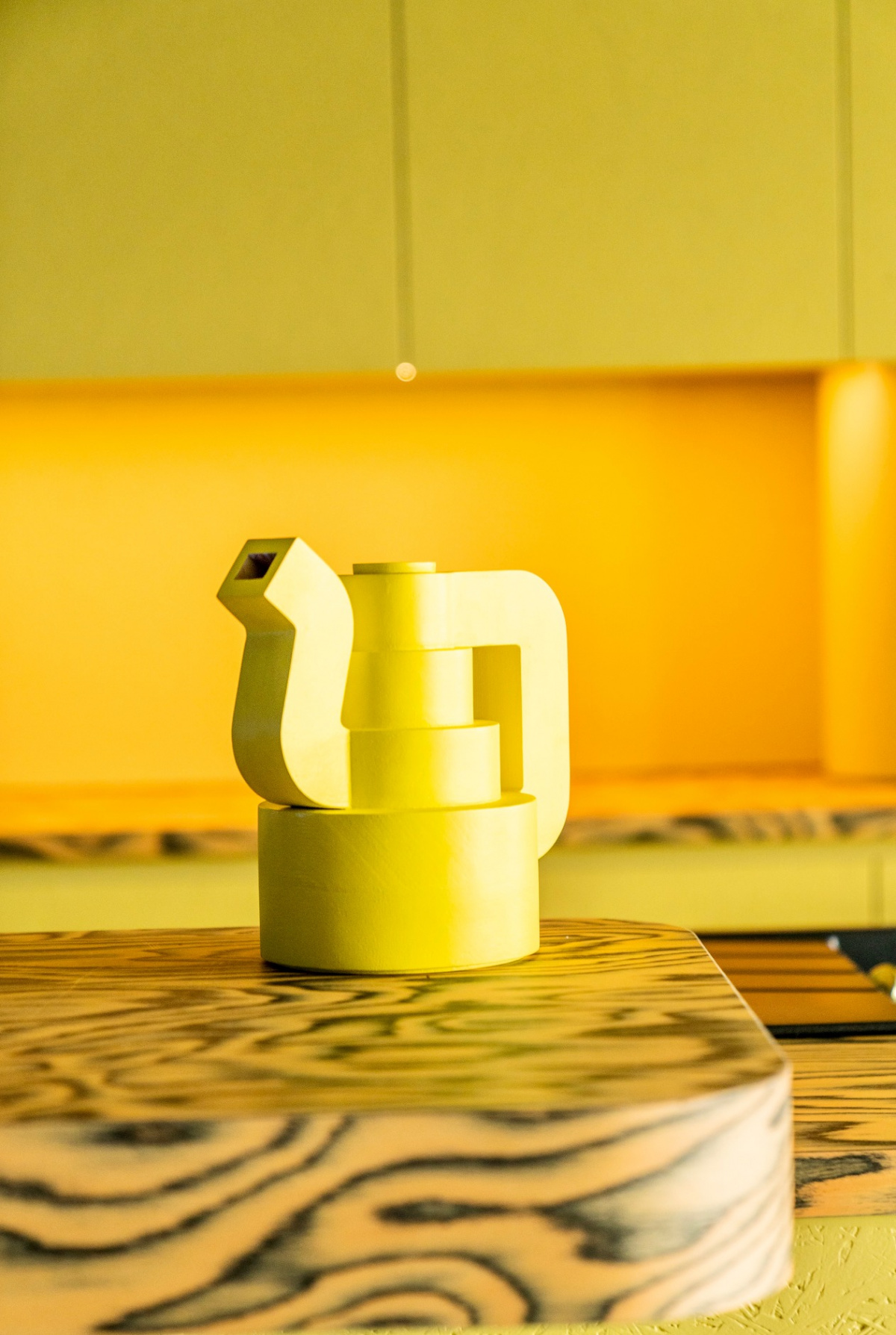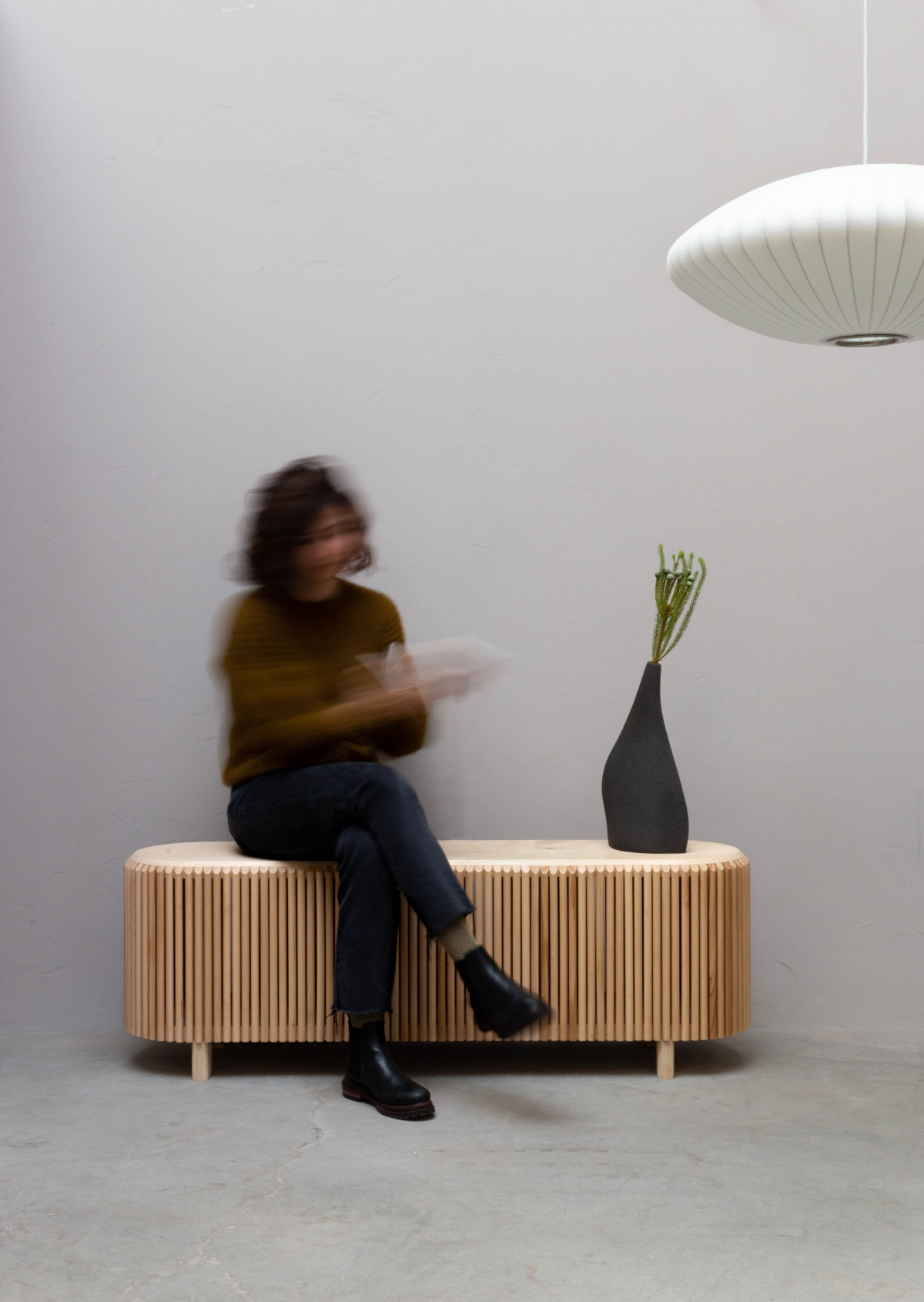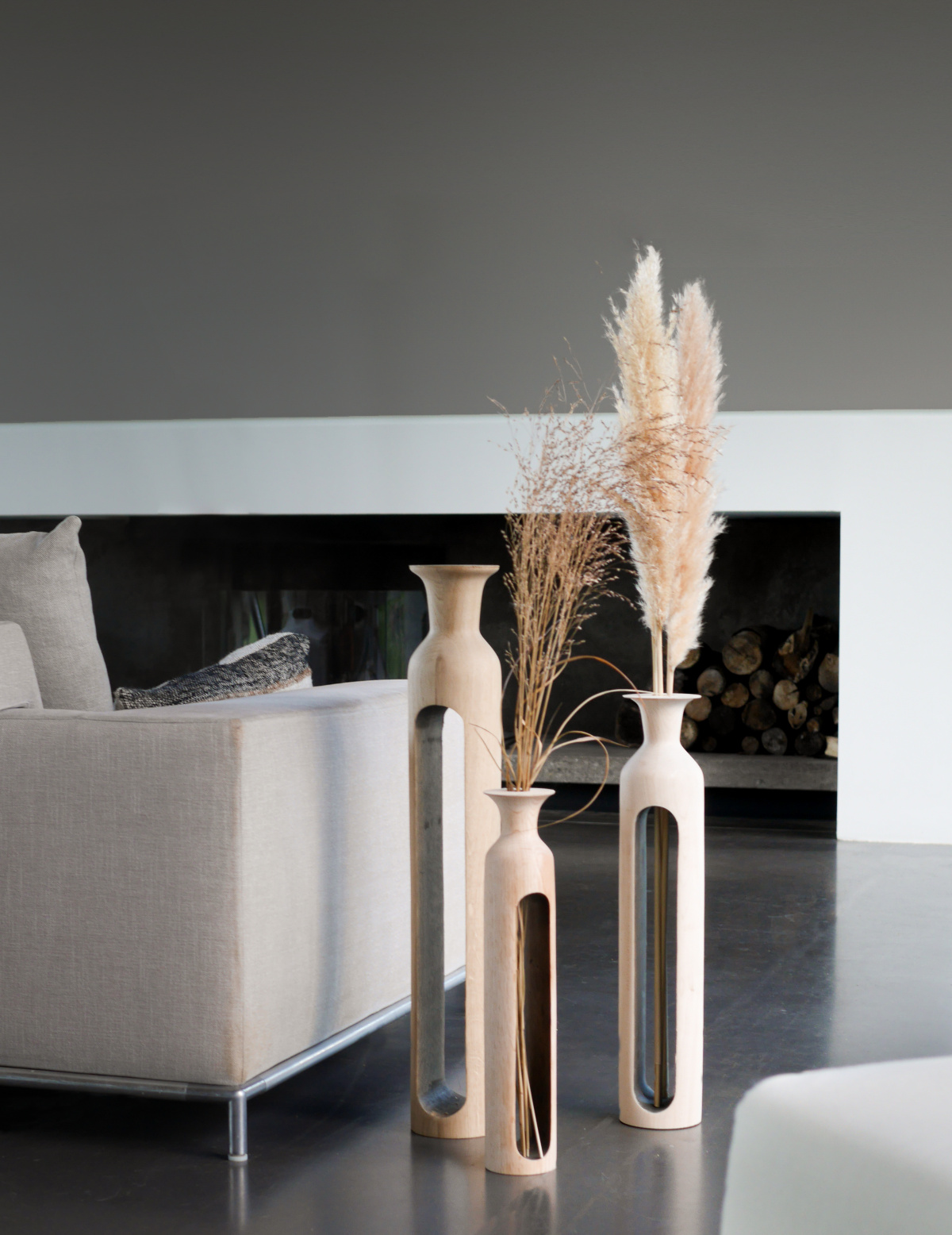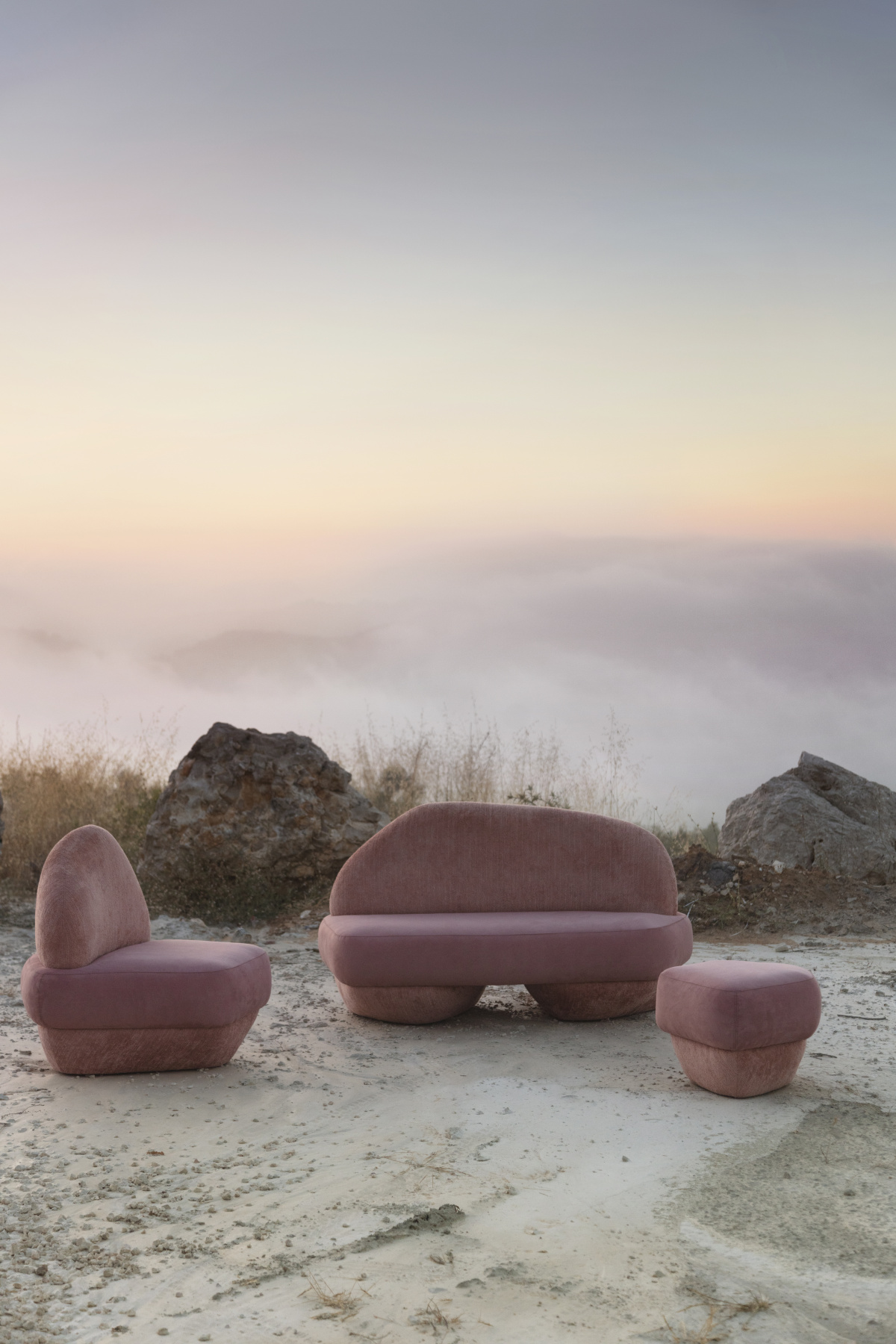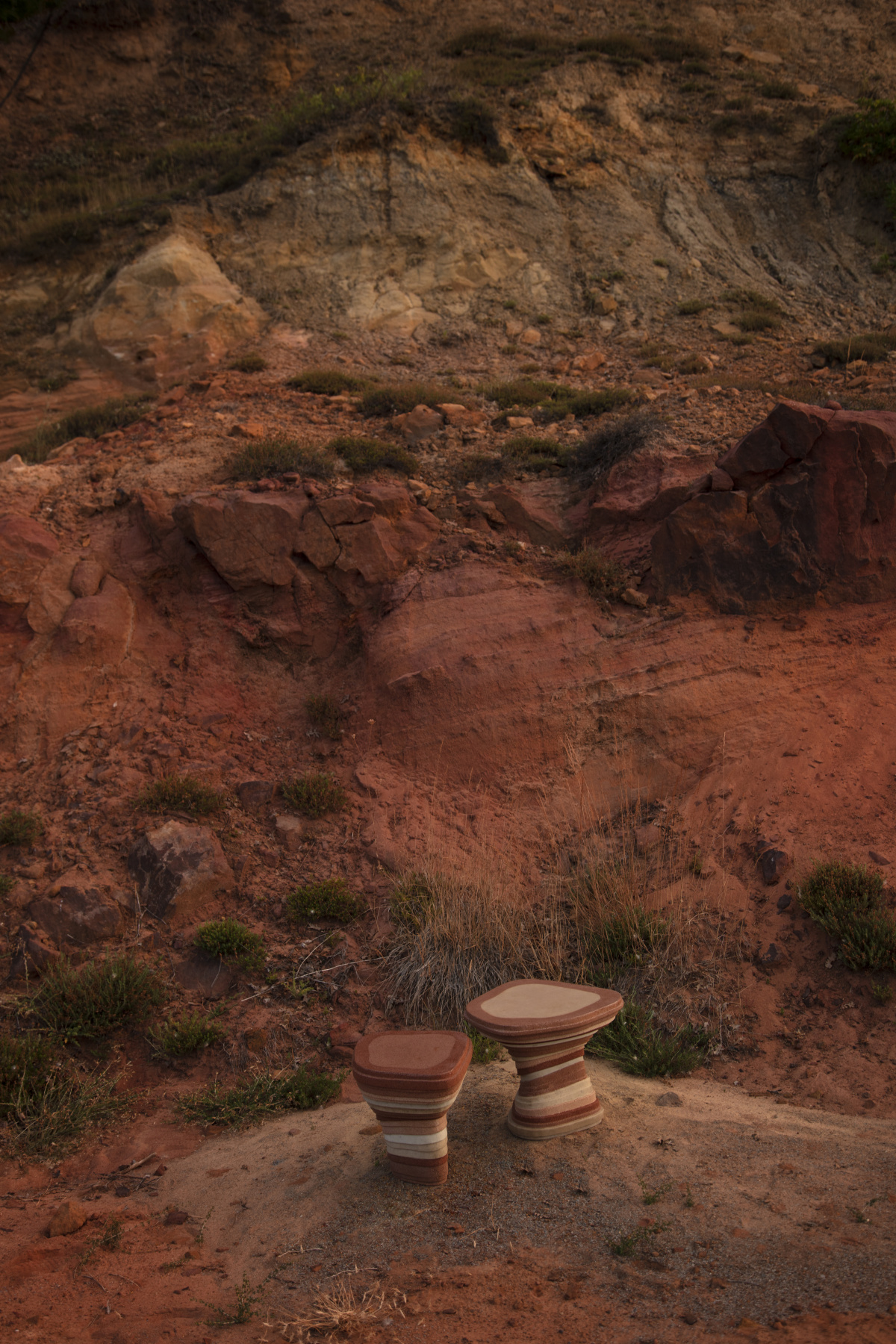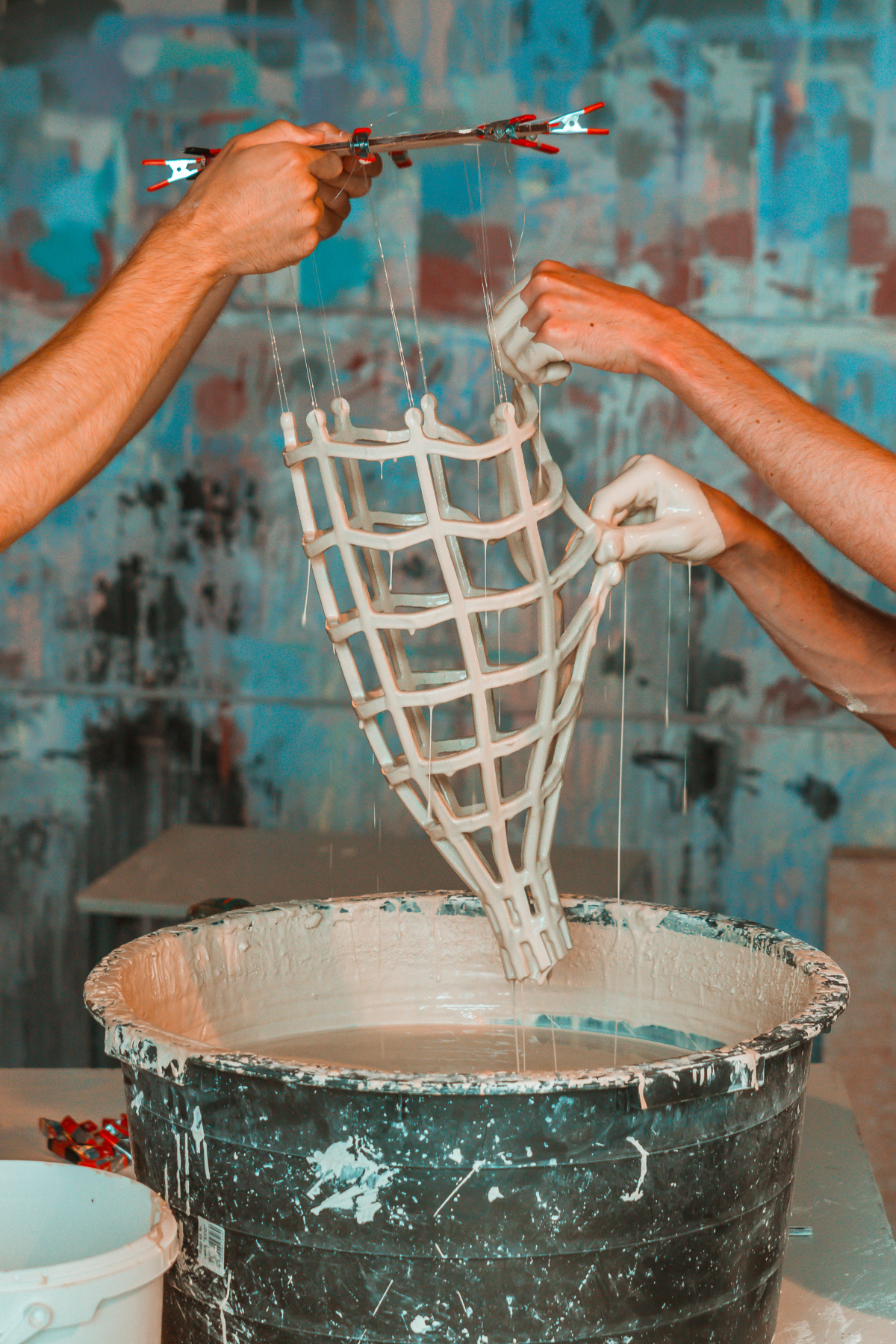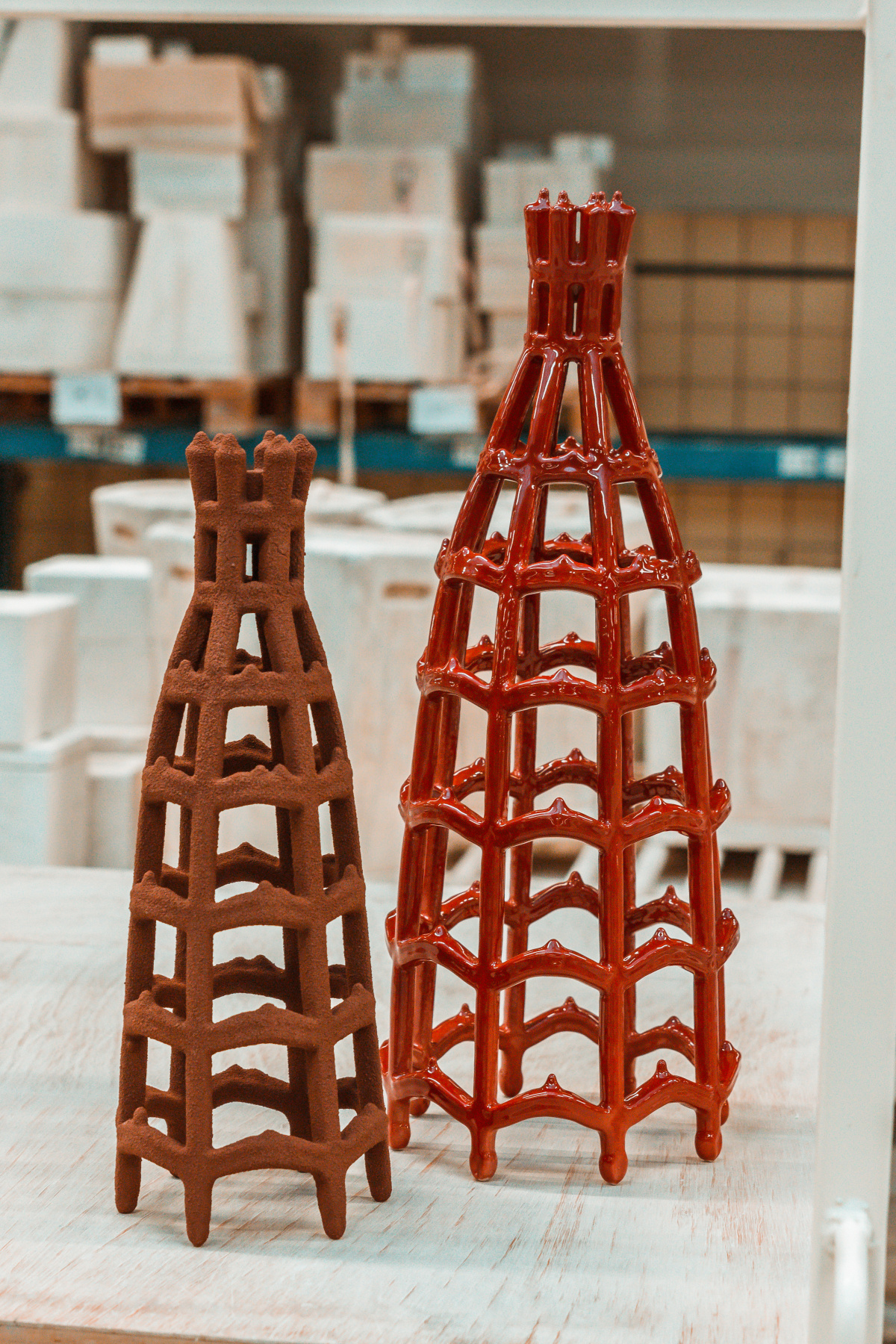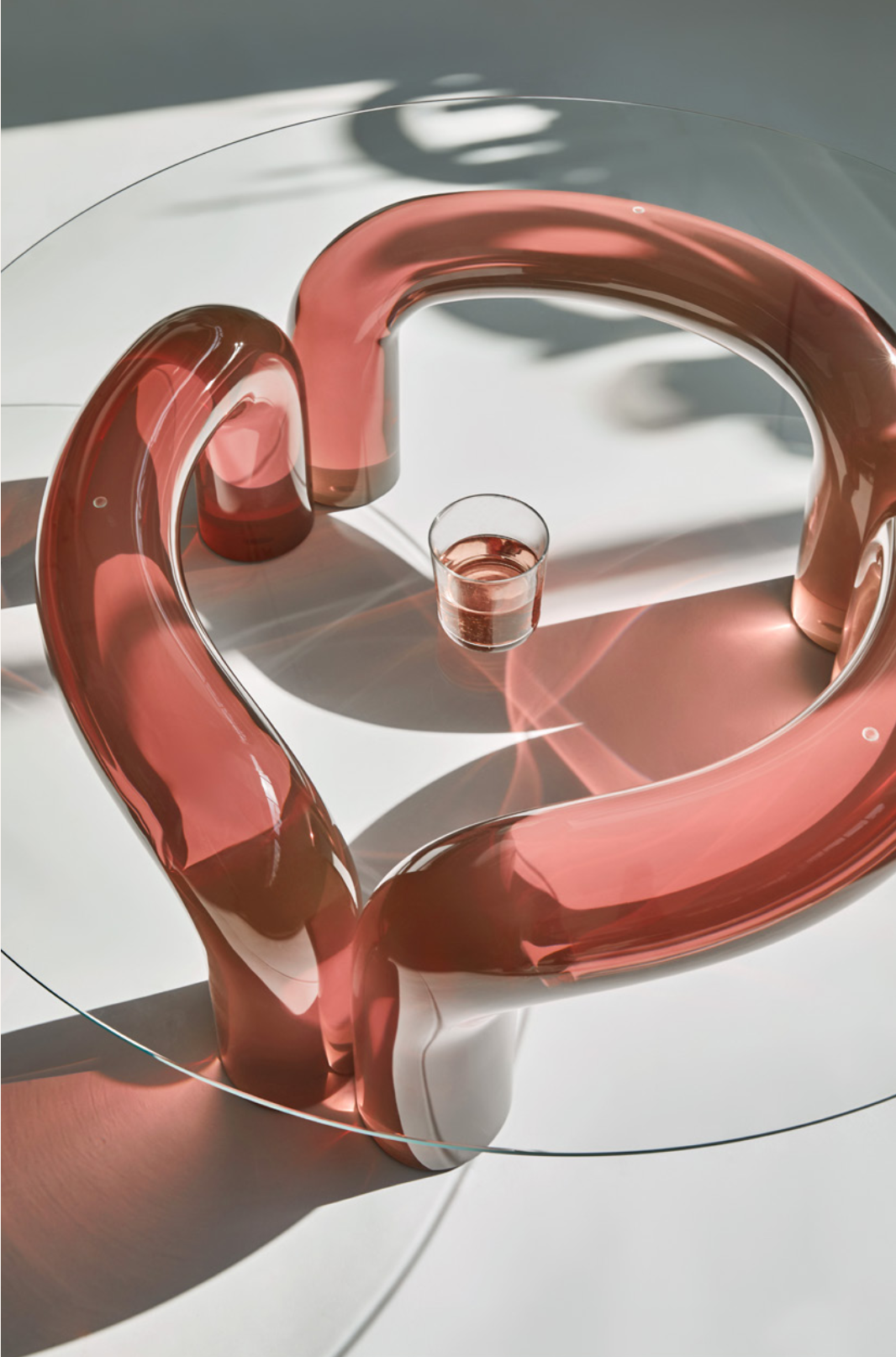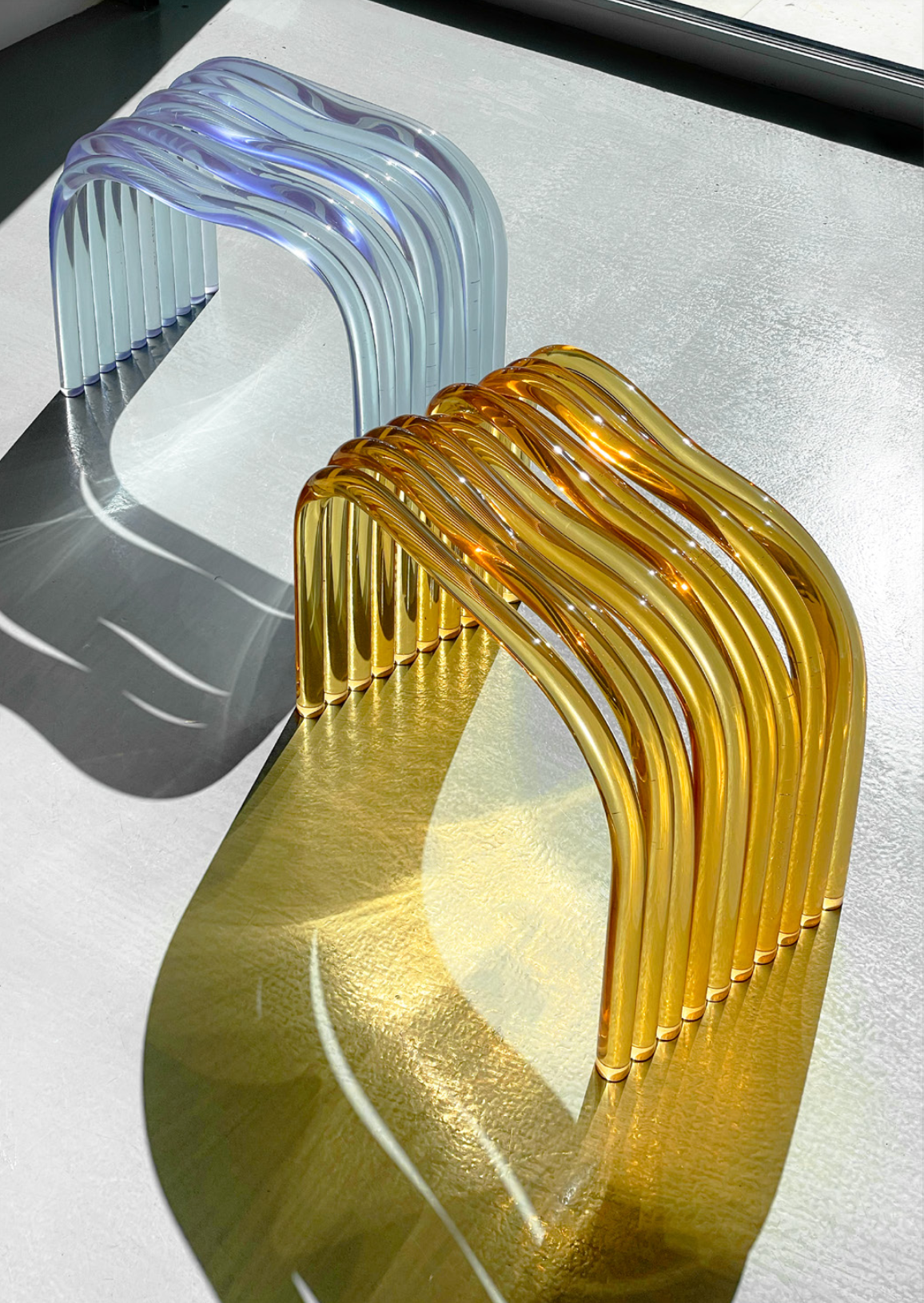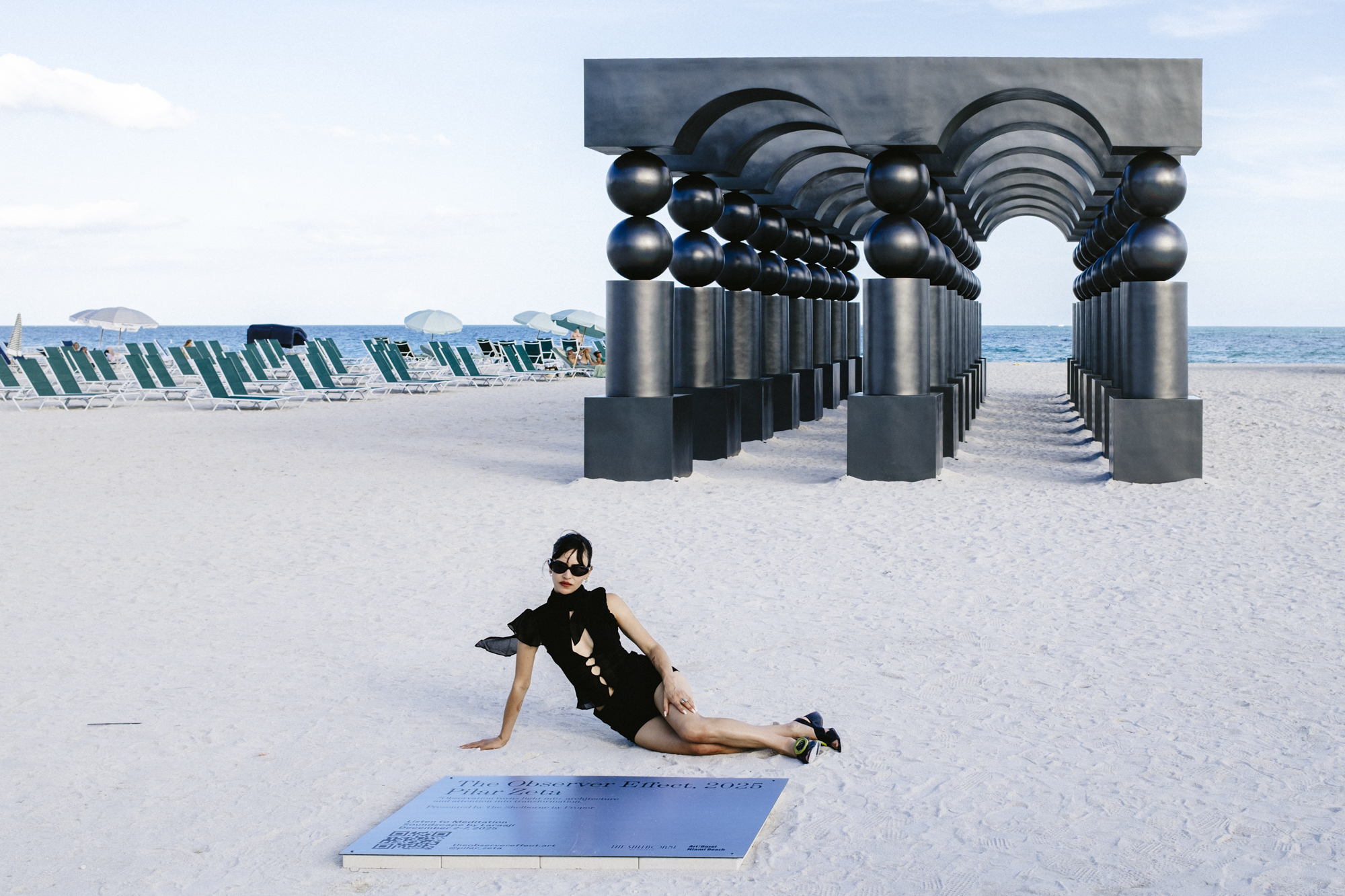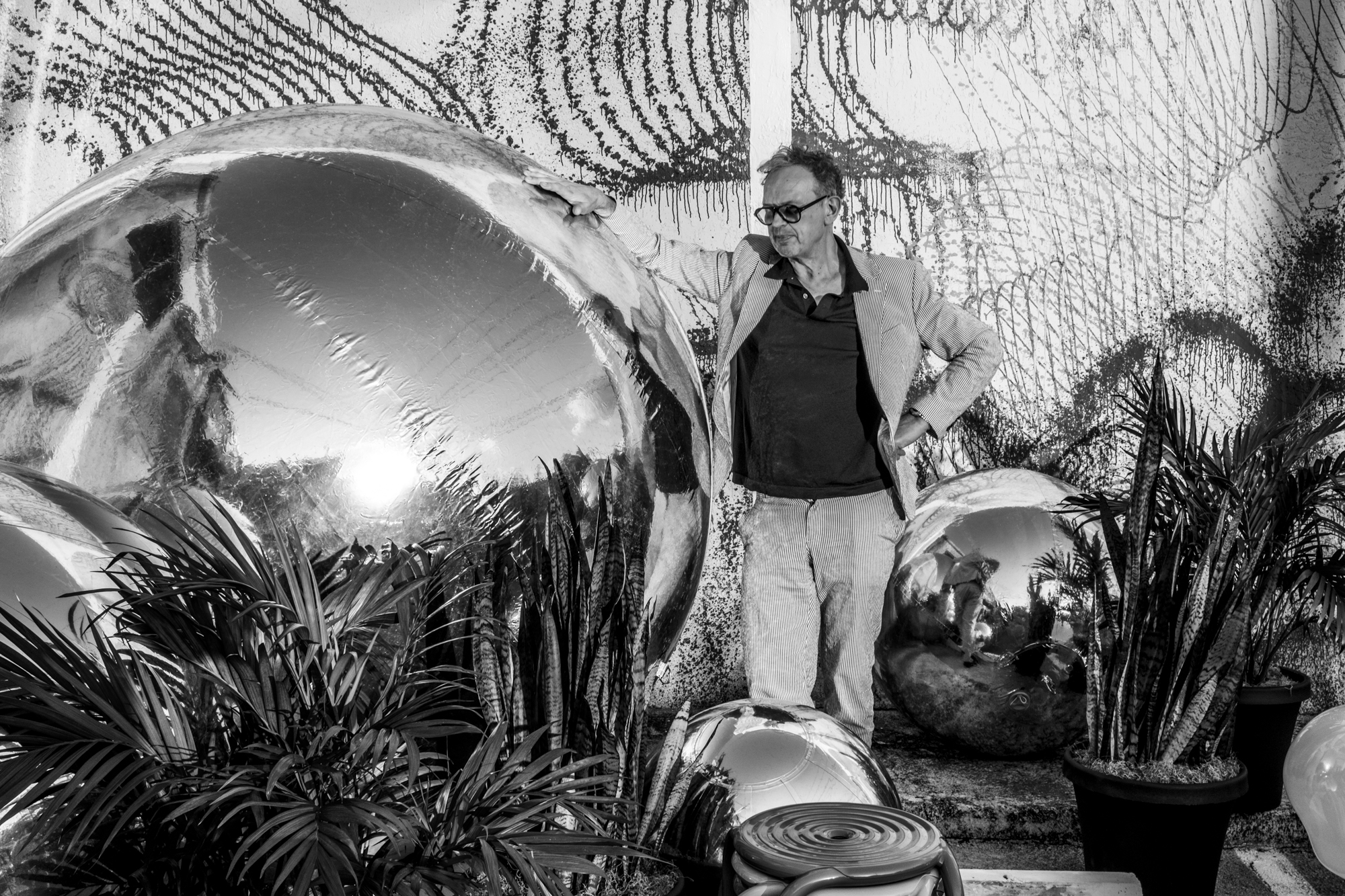Maison&Objet and Paris Design Week are huge—over 2,000 exhibitors, countless open showrooms and cartes blanches, and exhibitions and displays attract those of us who breathe design. But the fair and surrounding atmosphere in the city of Paris also spotlights new talents and tomorrow’s big names.
With the annual Rising Talents Awards, Maison&Objet is able to highlight great work from young designers and makers from a new country each show—for the Fall ’22 edition, all of the Rising Talents are from The Netherlands.
The Paris Design Week Factory took over Espace Commines with the work of 34 rising designers. “Really we want to promote young, emerging creation,” says Pierre Gendrot, coordinator of Paris Design Week. “It’s like a nursery for Maison&Objet.” Along with partner Galerie Joseph, Paris Design Week illuminated the work of many young designers from across the globe.
Here are nine of the great emerging designers showing interesting work at Maison&Objet this year.
1. Simone Post
- Star Portrait – Vincent. Courtesy of Simone Post
- Wildflowers – Summer Heather at Atelier Neerlandais, Paris. Courtesy of Simone Post
As one of the seven recognized in the Rising Talents Netherlands Awards, Simone Post showed her work at Maison&Objet and at the Atelier Néerlandais. Her signature project is a series of rugs made from misprinted fabrics from a textile factory, folded into incredible, colorful spirals and shapes—even portraits of celebrities. Her work aims to preserve crafts and explore sustainability. Each rug she makes is different, even when using the same misprinted pattern, due to the way they are folded into shape. “That coincidental quality is a big part of my design,” Simone says of the variations in color and appearance. “It can be really beautiful.”
2. Yoon Seok-hyeon
- +Mosi. Photo by Seok-hyeon Yoon
- +Ott:APC and Object Ott:APC. Photo by Seok-hyeon Yoon
Also a Rising Talent working in The Netherlands, Yoon Seok-hyeon gets in touch with his Korean culture through dying textiles, ceramics, and more using the resin from the Ott tree. Yoon noticed that ceramics are not sustainable because the glazes are toxic, and looked to the traditional Korean glazing and painting done with Ott resin to make ceramics recyclable. Although the Ott resin can be dyed to coat the ceramics in various colors, Yoon prefers the natural brown, which has a true warmth and depth to it. Depending on how many layers Yoon uses, the brown can appear as light amber, or a nearly-black brown.
3. Kiki Goti
- U+II Table. Courtesy of Kiki Goti
- U+II Set. Courtesy of Kiki Goti
Kiki Goti is a Greek architect and designer based in Brooklyn, NY. At the Design Week Factory, she showed a collection of striped creations made from acrylic sheets and brightly painted air conditioning foam, which she began experimenting with during the 2020 lockdown. The resulting mirrors, lamps, and tables beg to be touched and squeezed like a stress ball, recreating symbols of domesticity for a more energetic and stimulating environment.
4. Hanna Kooistra
- Stokkenstoelen. Courtesy of Hanna Kooistra
- Plakkenpot. Courtesy of Hanna Kooistra
Dutch designer Hanna Kooistra begins with a classic, everyday item—a teapot, a chair—and strips it down to its absolute most basic form before building it back up in an exploration of how practical objects become ornamental. “In this time we don’t have that many ornamental products, and I want to bring that back,” Hanna says. “I work from the minimum to understand the object.” In “Stages of the Ordinary,” she recreates an object’s minimal form in different mediums, from sewn fabric to paintings, to begin adding logical, new and interesting details to investigate function and lack thereof.
5. Alexandre Labruyère
- Roseaux Collection. Photo by Charlotte Cornette
- Bettoia Collection. Photo by Charlotte Cornette
Alexandre Labruyère was a sporting goods designer before he trained to become a cabinetmaker. Now he uses his expertise in woodcraft to design and build furniture and decorative objects inspired by nature. His collections are each inspired by elements he discovers on bicycle trips, like the Pétiole chairs inspired by the stems and petals of flowers, or the Redoux tables that recreate reedy marshes. His first collection is an elegant vase, called Bettoia, that achieves the lightness of glass by hollowing its middle, revealing the flowers within from bud to base.
6. Roula Salamoun
- Archipelago Seats. Photo by Tarek Moukaddem
- Strata Tables. Photo by Tarek Moukaddem
Lebanese designer Roula Salamoun approaches product design as architectural projects, reinterpreting form and function through research and imbuing it with inspiration. She unveiled her new Archipelago seats and Strata tables at the Espace Commines, each inspired by rocky geological formations in sunset colors. Archipelago’s form is that of landscapes sculpted over many years: the seat rests resemble mountains above bases whittled by erosion. Strata evokes sedimentary sea cliffs and topographical layers in stacked hand-cast resin and discarded marble from the construction industry.
7. Atelier Fig
- Gravity Collection. Courtesy of Atelier Fig
- Gravity Collection. Courtesy of Atelier Fig
“We let gravity create the final product,” Ruben Hoogvliet says. He and Gijs Wouters are Atelier FIG. The project that earned them the Rising Talent Award this year is the Gravity Collection, in which they rethink ceramic crafts through experimentation with liquid clay allowed to dry in whatever form gravity directs. Atelier FIG began with moisture absorbing, frame-like structures dipped in liquid clay. The weight of the clay softens and deforms the structures, making the outcome unpredictable. In experimenting with craft and natural forces, Atelier FIG deepens the dialogue between materials and physical forces that determine their final form.
8. Sabourin Costes
- Boudins Table. Courtesy of Sabourin Costes
- Boudins Stool. Courtesy of Sabourin Costes
Paola Sabourin and Zoé Costes begin with the material: fascinating reflections, a new way to form resin, or an interesting form. Through experimentation and precise color matching, Sabourin Costes is able to make a vase of resin formed like reeds in a perfect, onion-y pale green, or a bold transparent magenta base for a table. Each product seeks to resonate with the viewer through this sense of materiality and exploration. The Boudins handles, table, stool, and vase each play with the customizability of resin to create stimulating colors and compelling shapes.
9. Sébastien Coudert-Maugendre
- ALTARS. Courtesy of Sébastien Coudert-Maugendre
- ALTARS. Courtesy of Sébastien Coudert-Maugendre
Sébastien Coudert-Maugendre’s Altars Collection is truly architectural, a recreation of sacred archeological sites as contemporary forms. The Altars chair interprets ancient Aztec step-pyramids in fine, origami-like wood honed by hand by the Solum Lignum cabinetmakers, linking past and present in precise proportions and clean, dynamic lines. Passionate about art and history, Sébastian’s work questions our relationship to time by blending ancient techniques and sensibilities with his own contemporary design vocabulary.
